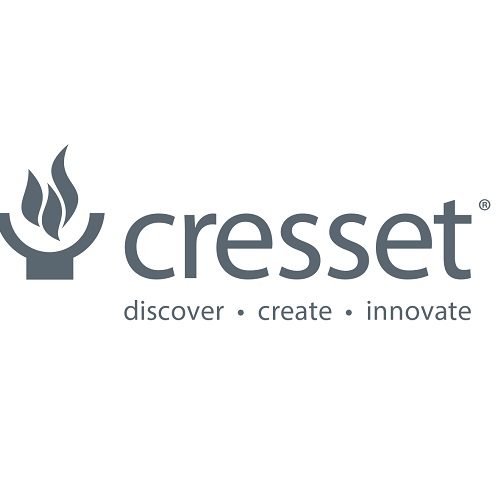Computational chemistry news from Cresset, January 2019

Forge V10.6 released
We are delighted to announce the availability of Forge™ V10.6, our powerful computational chemistry suite for understanding structure-activity relationship (SAR) and new molecule design. Giovanna Tedesco details the focus of this release, which is on new and improved methods to generate robust Quantitative Structure-Activity Relationship (QSAR) models with strong predictive ability. See the new features of Forge V10.6 in this web clip.
Existing users are encouraged to upgrade to Forge V10.6 at their earliest convenience, and to download the Forge V10.6 keyboard shortcuts and Forge V10.6 Molecule Editor keyboard shortcuts.
Forge Design: New name, familiar environment
Forge Design is a new licensing level of Forge™ for medicinal and synthetic chemists. It replaces Torch™ and benefits from the familiar GUI, but with V10.6 enhancements. Tim Cheeseright explains what Torch users can expect from Forge Design, including new functionality, how Forge Design compares to Torch and Forge and the simplicity of upgrading to new releases.
Modeling the intricacies of molecular recognition: Make ‘smart antibodies’ into biologics
Antibodies are fantastically versatile molecular recognition engines, capable of creating artificial enzymes in response to recognized interactions. Similarly, enzymes depend on molecular recognition for catalysis. Martin Slater describes Cresset Discovery Services’ depth of experience in modeling molecular recognition scenarios, stretching back to the early nineties.
Cresset User Group Meeting 2019 registration open
Cambridge, UK • June 20-21
“The Cresset team and I would be delighted to welcome you to the Cresset User Group Meeting 2019.
As well as invited presentations from leading researchers in our field, Cresset scientists will present our latest science and showcase upcoming applications to help your chemists design the best molecules as efficiently as possible.
Whether you are new to Cresset, have been with us from the beginning, or are just intrigued to find out more about the solutions we offer, I hope you can join us for the scientific program and hands-on software workshops.”
Dr Robert Scoffin, CEO





















